Grassland knowledge library, advice & tips
Practical advice guides for managing your grass.
Practical advice guides for managing your grass.
 Good quality grazed grassland is the cheapest feed for your livestock and is the base upon which profitable farming is built. Over 70% of utilisable agricultural land in the UK is grassland, with nearly 57% given over as permanent pasture.
Good quality grazed grassland is the cheapest feed for your livestock and is the base upon which profitable farming is built. Over 70% of utilisable agricultural land in the UK is grassland, with nearly 57% given over as permanent pasture.
The UK has the ideal climate for growing grass. Ryegrass grows best at between 5°C to 25°C – and most of the UK is between these temperatures 95% of the time. Like all crops, growing grass requires careful management to maximise yields and utilisation. It is a science – but a relatively simple one once you have the basics of plant as well as animal physiology and good soil management techniques.
Armed with information about how grass grows and the different species and management techniques available, it is easy for farmers to make informed choices about what kind of grass to grow; when to sow it; when to graze it; how long to graze it for; and what to do to ensure its performance long-term. Our top tip, treat your grassland like an arable crop.
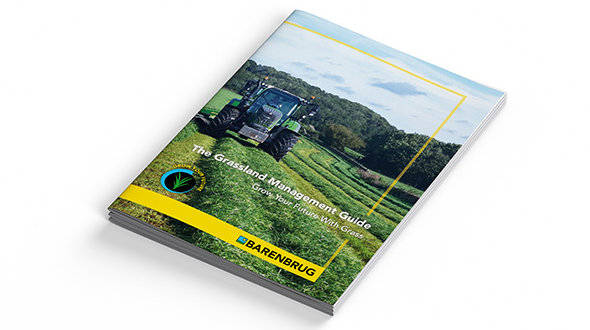
There is no mystery in the benefits of well-managed grassland; providing a source of quality nutrient-rich forage, increased farm biodiversity, increased soil health, the potential for reduced inputs, and one of the most sustainable cost-effective feed for livestock farmers – effectively providing ‘free litres and weight’ – while supporting animal...
.jpg?height=119&width=150) This four-part series takes a detailed look into the different ways to make the greatest return from this most valuable and productive resource – grass. We partnered with British Dairying to create this Grassland Special series which ran from October to December 2022. Read the British Dairying series here
This four-part series takes a detailed look into the different ways to make the greatest return from this most valuable and productive resource – grass. We partnered with British Dairying to create this Grassland Special series which ran from October to December 2022. Read the British Dairying series here


Can you afford not to reseed? Read our overview of the costs...
Can you afford not to reseed? Read our overview of the costs associated with reseeding and overseeding. When you compare the costs with the financial return on investment in the first year, it is worth the investment! Find out more....

We've teamed up with leading organisations to bring you the latest advice and tips on different silage systems. Learn about the three grass silage production systems – multi-cut, conventional and bales – and the benefits each one can bring to dairy farmers. Read all three articles here

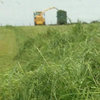
TREAT YOUR GRASSLAND LIKE AN ARABLE CROP: Armed with information...
TREAT YOUR GRASSLAND LIKE AN ARABLE CROP: Armed with information about how grass grows and the different species and management techniques available, it is easy for farmers to make informed choices about what kind of grass to grow; when to sow it; when to graze it; how long to graze it for; and what to do to ensure its performance long-term.

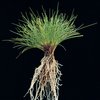
Over more than 100 years Barenbrug has excelled worldwide in...
Over more than 100 years Barenbrug has excelled worldwide in plant breeding, as the second largest breeder and producer of grass in the world. Find out about our unique grass and clover varieties bred for British farmers

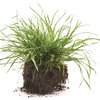
In the UK, perennial ryegrass is the most widespread species of...
In the UK, perennial ryegrass is the most widespread species of grass for grazing animals. A perennial ryegrass field is made up of a population of ryegrass tillers. A tiller is made up of a basal stem, a leaf sheath and – at any one time – three growing leaves.

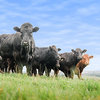
Many factors have influenced milk production: genetics, better...
Many factors have influenced milk production: genetics, better rationing and adoption of ever-advancing agricultural technology; however, there is no doubt that maximising the percentage of milk produced from forage is a sure way to improve business profitability and resilience.


Any farmer wanting to keep their grassland performing at an...
Any farmer wanting to keep their grassland performing at an optimum level needs to know how to judge when it’s time to reseed? A new ‘Grassland Index’, developed by grass breeder Barenbrug, promises to help the decision-making process.

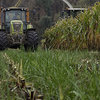
Growers may be keener than ever this year to keep valuable...
Growers may be keener than ever this year to keep valuable nitrates in the soil by under-sowing maize with a grass or legume-rich cover crop, but caution is needed to receive the full benefit of the practice, advises grass breeder Barenbrug UK.

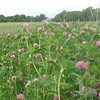
Buoyant soya prices, carbon reduction efforts and concerns about...
Buoyant soya prices, carbon reduction efforts and concerns about nitrogen management have caused interest in protein-rich forage, such as red clover, to surge, reports agricultural grass experts Barenbrug UK.


Pondering the return of livestock into an arable rotation...
Pondering the return of livestock into an arable rotation? Whether faced with problem weeds, as a move towards improving soil health, or part of a regenerative agricultural strategy, it’s a move many farmers are considering.